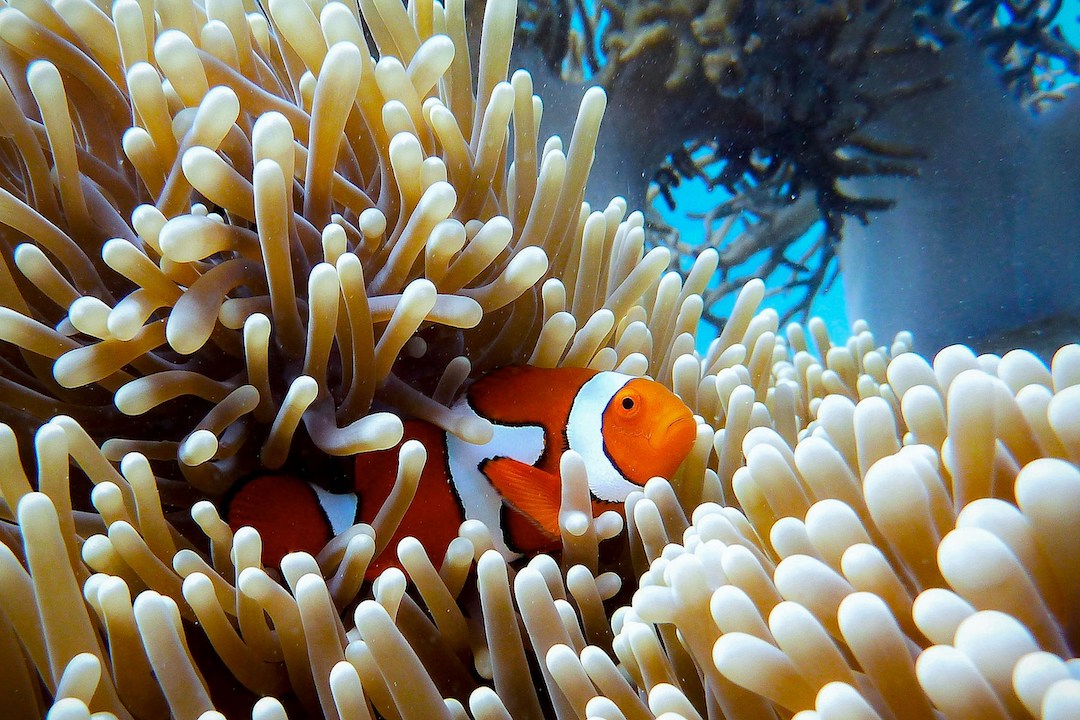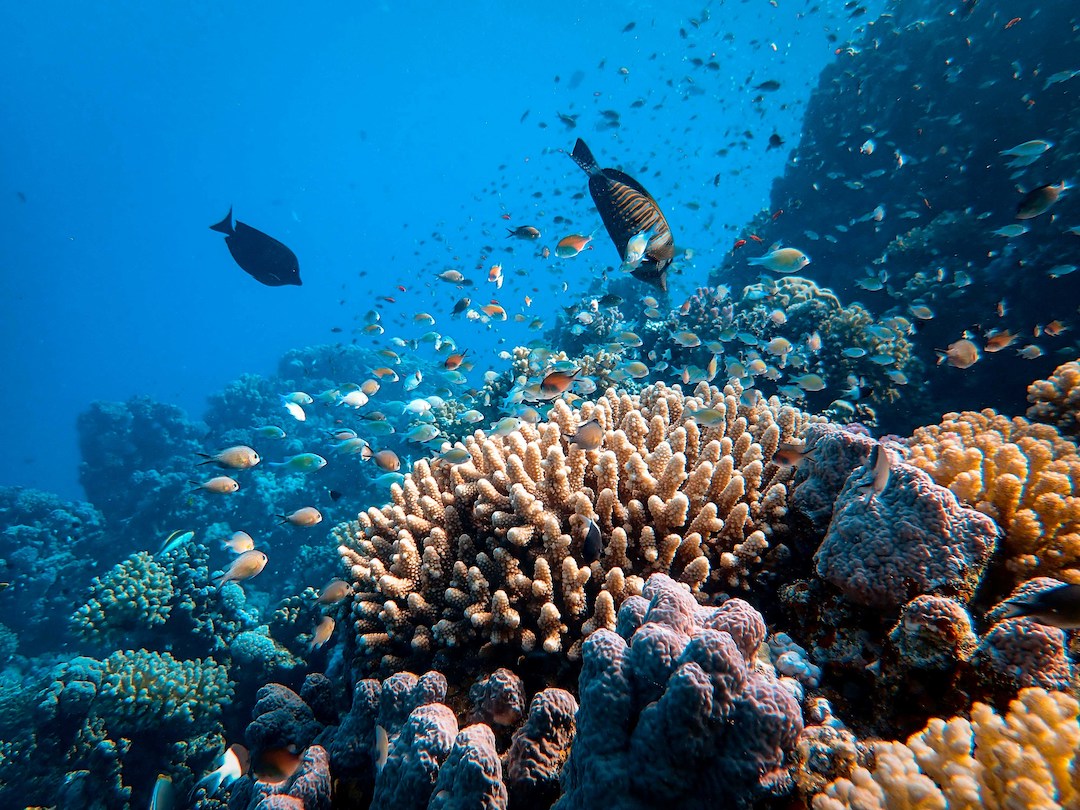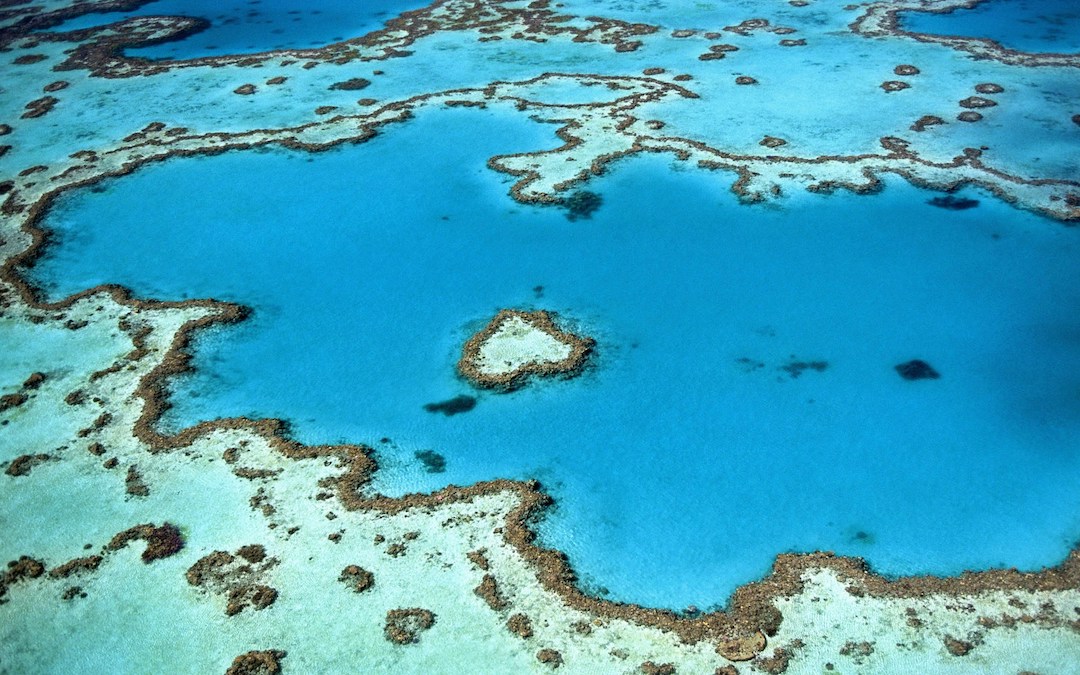The Great Barrier Reef, an iridescent gem nestled off the northeastern coast of Australia, stands as the largest coral reef system in the world.
Stretching over 2,300 kilometres and comprising more than 2,900 individual reefs and 900 islands, it’s a spectacle of nature’s splendour. This UNESCO World Heritage site is a haven for an unparalleled diversity of marine life, including over 1,500 species of fish, 400 species of coral, countless species of sharks, turtles, and dolphins, along with a myriad of other marine creatures. The reef is also a major pillar of tourism, drawing millions of visitors each year, enchanted by its underwater landscapes and the vibrant life it hosts.

A Shadow State: The Reef’s Unwanted Anniversary
However, this week marks a sombre milestone for this natural wonder. The Great Barrier Reef is facing its fifth mass bleaching event in just eight years, with today being the 365th consecutive day of record-breaking global sea surface temperatures. This relentless heatwave has sparked fears among scientists and conservationists that we may be witnessing the reef’s transformation into a “shadow state” — a pale reflection of its former self, driven by the escalating crisis of climate change.
The Climate Council’s latest analysis, titled “Underwater Bushfire: Vibrant Great Barrier Reef fading to a shadow of its former glory,” paints a grim picture of the situation. It points to climate pollution from coal, oil, and gas projects as a primary culprit, heating our oceans and effectively “cooking” the reef. The report criticises Australia’s national environment law for its inadequacy in protecting this precious marine ecosystem from the impacts of climate pollution. Despite the reef’s worsening condition, at least five fossil fuel projects have been given the green light since the last mass bleaching event, further endangering its future.
Professor Lesley Hughes, a climate councillor and former IPCC author, suggests that we may have already crossed a critical tipping point for the Great Barrier Reef. “With five mass bleaching events in the last eight years, and the prospect that heat stress will continue to worsen in coming years, it appears likely that we are seeing it transform to a new, ‘shadow state’,” Hughes stated. This transformation indicates a possible irreversible change, threatening the reef’s vibrant life and the complex ecosystems it supports.

Calls for Emergency Action
The severity of the situation is echoed by Dr. Ove Hoegh-Guldberg, Professor of Marine Studies at the University of Queensland, who describes the sight of mass coral bleaching and sick corals around Heron Island as “truly horrifying.” The ongoing impact of climate pollution is pushing the reef to the brink, with dire consequences not only for marine life but also for human systems.
The Climate Council urges governments worldwide to take emergency action commensurate with the escalating threats to life on Earth. This includes an urgent phase-out of coal, oil, and gas, to protect the reef and the abundance of life it supports. Dr. Simon Bradshaw, Climate Council Research Director, emphasises the importance of this action, noting that each new coal and gas project not only harms the reef but also the communities dependent on it.
As the reef faces this critical juncture, the call for protecting this natural treasure has never been more urgent. The Australian Government, led by Anthony Albanese and Tanya Plibersek, is implored to protect nature from climate change by reforming national environment laws to address climate pollution effectively. The fate of the Great Barrier Reef hangs in the balance, with its preservation essential not just for biodiversity and Australia’s economic prosperity, but for the health of our planet.
To learn more about the consequences of rapid ocean warming, click here.

